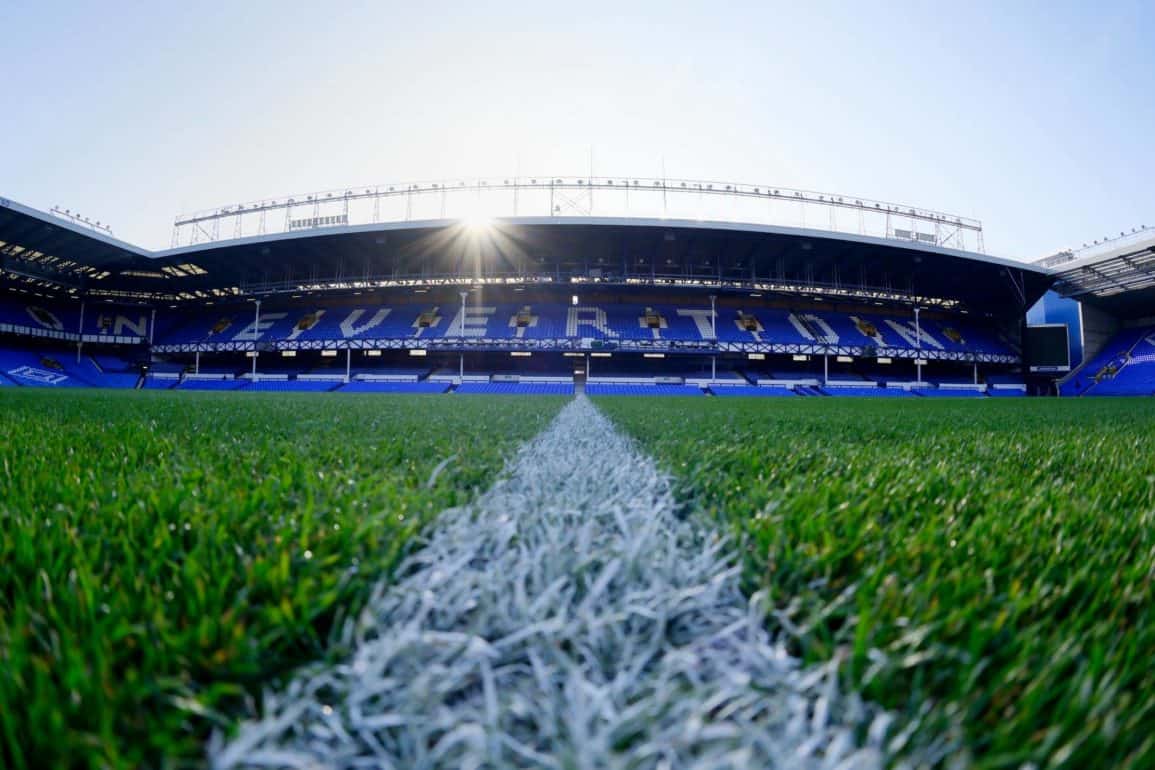There’s a lot of history in Goodison Park, being one of the first stadiums ever built in the UK. It’s not just one of the oldest, it’s hosted more top-flight football games than any other stadium in England. It’s the long-standing home of the Grand Old Team, and we don’t call ourselves that for no reason. If you’ve ever wondered about the history of Goodison Park and Everton’s special relationship with it, you’ll find a crash course here.

One of Football’s Oldest Stadiums
The hardcore fans will know that Everton is older than the Park itself. After winning the club’s first-ever Football League title in 1891, disputes with managing the old grounds at Anfield led to the team vacating for Goodison. Liverpool F.C. was founded at the old site, setting a strong foundation for our rivalry.
The Grand Old Lady has been the home of Everton for 131 years. It’s rare for a sporting venue to have over a century of uninterrupted service. Across the pond, the oldest NFL stadium is Soldier Field, which opened in 1924. Soldier Field is still in use by the Chicago Bears, amidst an international upswell in NFL fans over the past decades. Part of the NFL’s growing popularity is due to more accessible sports betting and the offers that come with it. Fans of both English and American football should check this out if they’re hungry for Stateside action too. Even then, there’s a whole 32 years separating Goodison Park and Soldier Field.
The Park is widely considered the oldest major stadium built in England. This is because Everton was built with football in mind from the start, featuring a three-stand setup in 1892. Meanwhile, Anfield’s main stand was built in 1895. Those original stands would have cost £1,460 – that’d be around £16,000 today. Its first match was an exhibition game between Everton and the Bolton Wanderers – we won 4-2.
By 1895, the Park had expanded even more and Everton had become the richest club in the whole country after hosting the 1894 FA Cup final. For the club itself, success would soon come with the 1906 FA Cup after being runners-up for the seasons of 1893 and 1897.
A Century of Firsts
More development followed Goodison Park into the 1900s after Everton unanimously bought the grounds outright in 1895. They didn’t just buy it, they got it for a steal – less than Anfield cost at the time with more land and seating capacity than their rivals. New stands were added – Bullens Road and the two-tiered Goodison Avenue stand, then the Goodison Road stand.
That last one, along with future upgrades, was constructed by Archibald Leitch, the architect of most British stadiums. The first-ever English dugouts were added to the park and by 1938, the entire stadium was two-tiered thanks to Leitch. This made them the first stadium with four sides of two-tier stands.
More firsts came to Goodison in 1957. The Park hosted Liverpool, Everton won 2-0, but this time was different thanks to four, nearly 200 feet pylons with floodlights attached. It was the first floodlit game played in English football, with those lights towering over any other lighting systems in the country at the time.
The Grand Old Lady did it again a year later, introducing an undersoil heating system in 1958. It took 20 miles of wire and £16,000 (£374,000 today) to create the first system of its kind in British football. Later, Goodison Park innovated again by installing the first scoreboard. Consistently, Goodison Park was ahead of the game and set the standard for other football stadium venues throughout the 1900s.
Today, the Grand Old Lady is facing her last years. Limitations that are fundamental to the Park’s construction mean that Everton are building their new home ground – the Everton Stadium at Bramley-Moore Dock.


